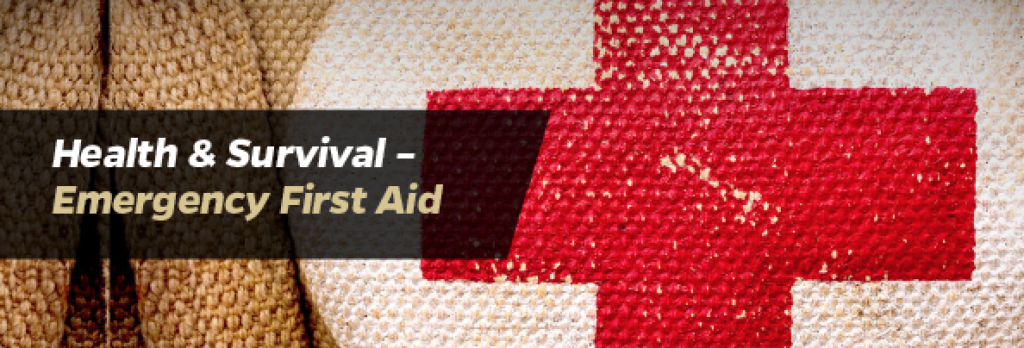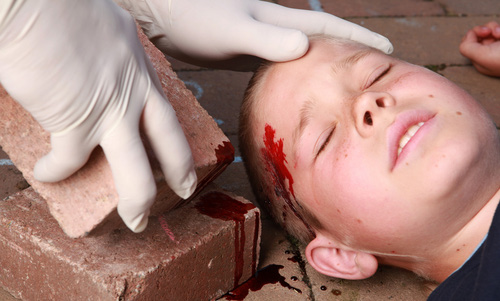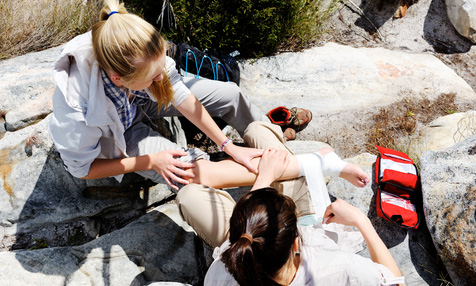EMERGENCY FIRST AID TECHNIQUES FOR SPECIFIC SITUATIONS

BLEEDING
The best way to control bleeding is to elevate the area that is wounded above the heart and to apply pressure on it. You can either use a clean piece of cloth, gauze, sphagnum moss or dried sea weed. If the bleeding fails to stop, apply pressure on the area that is pulsating between the heart and the wound. If it persists, use a tourniquet at the pulsating area to stop the bleeding. However, use this method only if there is no other option available. After the bleeding is under control, wash the wounded area and apply bandages or if you don’t have them, make them from pieces of cloth.

DISLOCATION
Joints dislocate when ligaments around a joint tear, allowing the joint to move out of the socket. Under normal circumstances, it’s unwise to treat it unless you’re trained to do so. In the meantime, the affected area should be supported using slings and the pain can be controlled with an aspirin or other drugs. If you don’t have medicines, then you or the patient will have to endure the pain for the time being.
SPRAINS
Sprains can be treated by applying cool items to the affected area for the initial 24 hours. The swelling will then subside soon. Leave the area as it is for a day and don’t move or put further stress on it. Then apply heat on the sprain to hasten the healing process.

SUNSTROKE
Sunstrokes occur when a body is excessively exposed to the sun. The body overheats and provides more blood than necessary to your circulatory system that results in a rapid pulse, hot face, flushed face, dizziness and headache. Treat it by resting in a cool and shadowy place, and by consuming and applying cold liquids. Covering your head can prevent sunstroke as well, if you notice the initial symptoms.
FROSTBITE
Frostbite generally occurs due to two reasons, either from direct exposure to cold weather or from high speed winds. In a frostbite, the tissues of a particular part of the body freeze, commonly the face, fingers and toes. The severity of frostbites can vary, from being easily treated with heat to causing irreparable damage.
If you find yourself in a survival situation where the weather is cold, the best way to avoid frostbite is to cover yourself appropriately with many layers of clothing. If you have a scarcity of clothing, build a snow shelter as mentioned in the previous section to avoid excess exposure. If the frostbite is in its initial stages, cup your hands and keep blowing on the affected areas.
The list of first aid procedures is extensive, and the ones discussed here are just some of the most common issues you’ll face in survival situations.
It is highly recommended that you take a first aid training course; you never know when you might need one.

